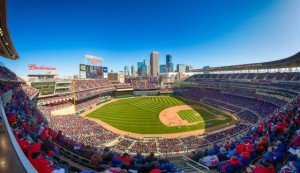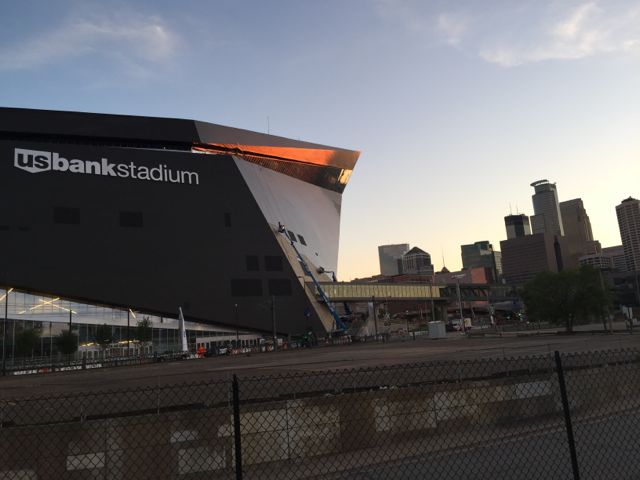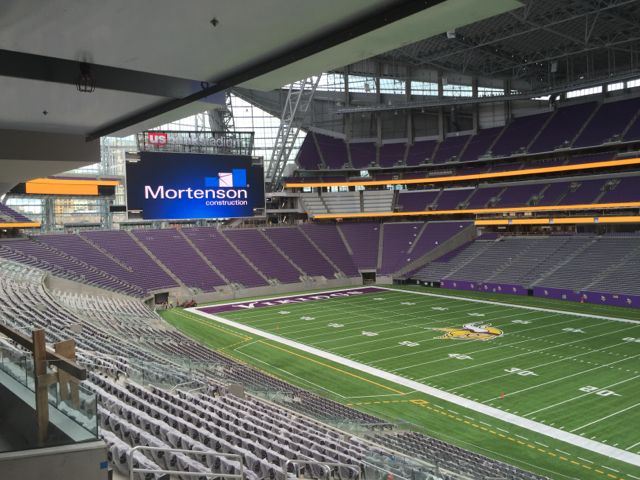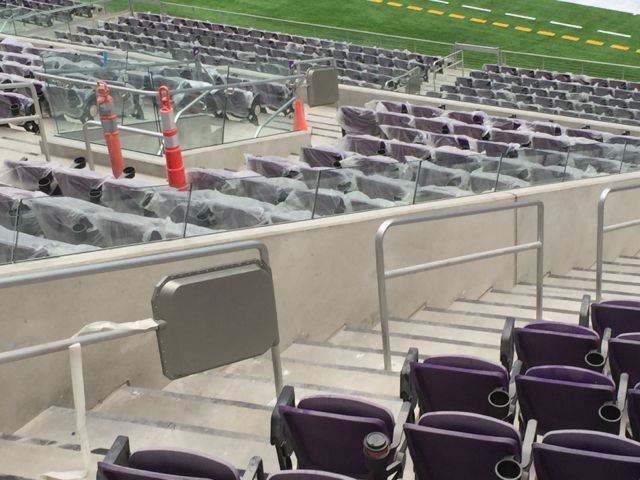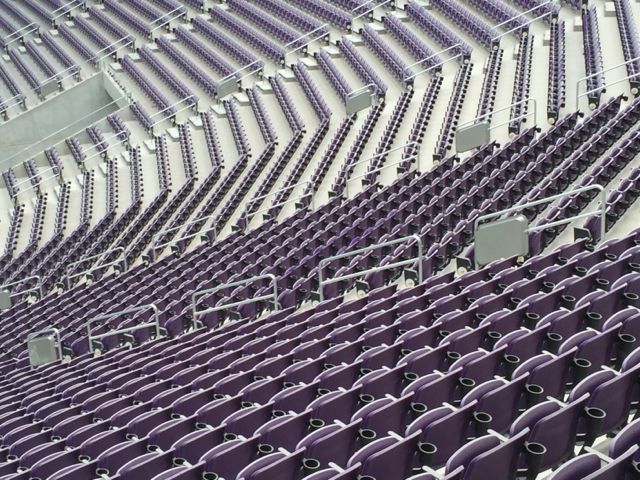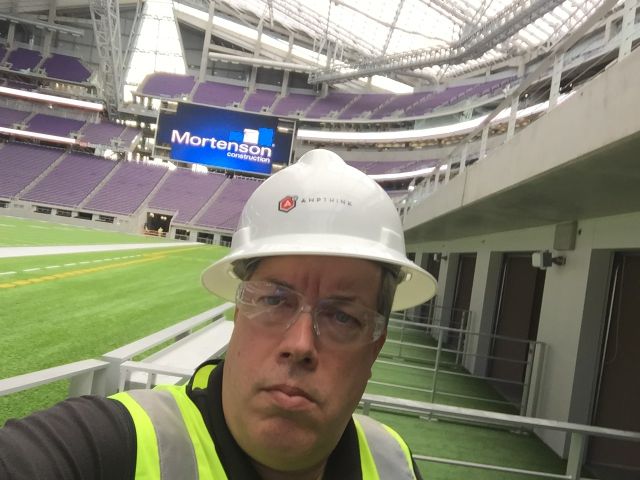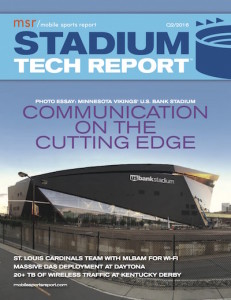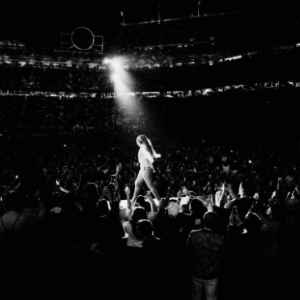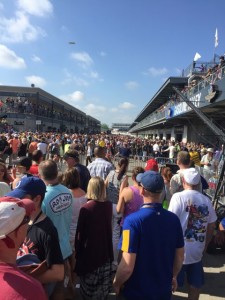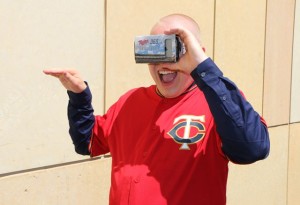
The Minnesota Twins will test virtual reality content for fans at a July 29 game at Target Field. Credit all photos: Minnesota Twins
Chris Iles, Senior Director of Content for the Twins, sees this promotion as an excellent way to engage with fans. “It’s giving fans the opportunity to do something they’ve never done before, and we think it will enhance their ball park visit.” Iles went on to explain that enhancing fan engagement is a major, organization-wide goal for the Twins.
Demo spurs another demo
According to Iles, the Twins began exploring VR after seeing a demonstration of the technology at a spring training showcase with Major League Baseball Advanced Media.
Iles and the Twins “saw some potential for using virtual reality to bring fans closer to the game.” After seeing the demo and experimenting with the tech themselves, the Twins got in touch with SuperSphere VR to develop the upcoming VR experiment for Twins fans. SuperSphere VR specializes in VR content production for many applications, including sporting events.The Twins’ VR content will be distributed to fans at the game only, using a geofencing feature within the MLB Ballpark app. Once fans check in through the Ballpark app they will be able to access the VR content on their phones. Iles expects the content will be made available to all fans, inside or outside the park, through the app later on.
The VR experience will be prerecorded on this first go-around in order to reduce the technical complexity of content delivery. “For this first foray,” Iies said, “we wanted something a little more controlled. That way we can confidently deliver that great experience.”
The Twins VR deployment may be the beginning of broader VR use for the organization. However, it’s still tough to say how VR is going to fit into a broader fan engagement strategy. For now, the Twins are among the first MLB franchises to explore the possibilities presented by VR for fan engagement on the day of the game.
Christopher Meier is an intern for Mobile Sports Report.
